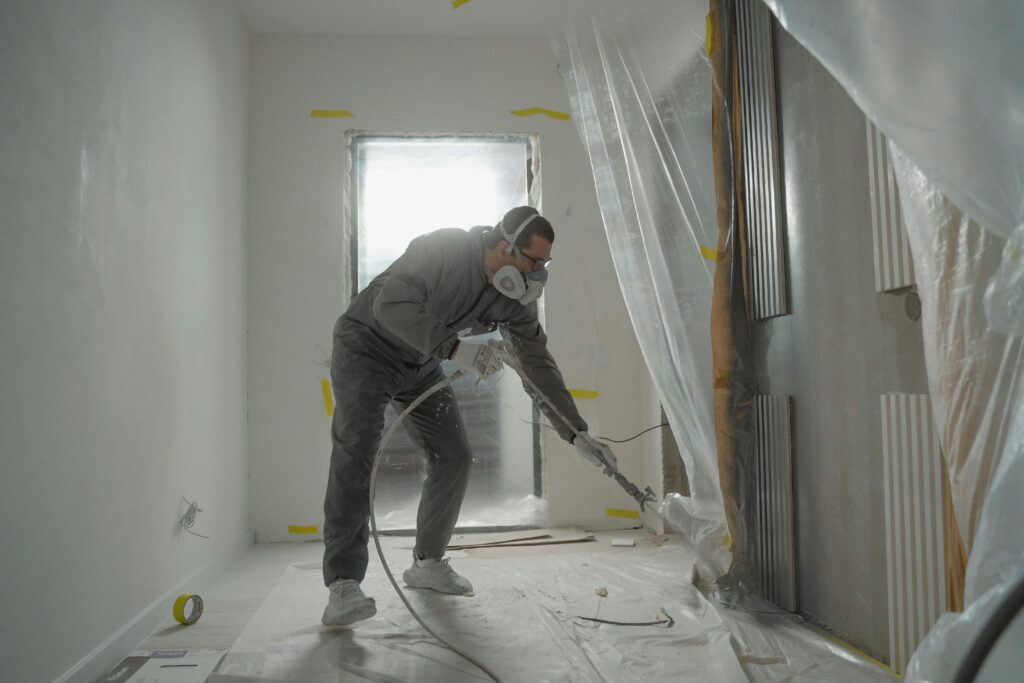Understanding Mold: Types and Their Health Impacts
Mold is a type of fungus that can grow indoors and outdoors, thriving in damp and humid environments. Common types of mold found in homes include Aspergillus, Cladosporium, and Stachybotrys, often referred to as black mold. Each type can have varying effects on health, particularly for individuals with allergies, asthma, or weakened immune systems.
Exposure to mold can lead to a range of health issues, including respiratory problems, skin irritation, and sinus congestion. For example, black mold is notorious for causing severe allergic reactions and respiratory issues, making it crucial for homeowners to recognize and address mold growth promptly to protect their health and well-being.
Signs of Mold Growth in Your Home
Identifying mold growth early is essential to prevent extensive damage and health risks. Common signs of mold include visible growth on walls, ceilings, or floors, as well as a musty odor that permeates the air. Homeowners should also be vigilant for water stains or discoloration, which can indicate hidden mold behind surfaces.
In addition to visual cues, symptoms of mold exposure can manifest in the form of persistent coughing, sneezing, or skin rashes. If you notice these signs, it’s important to take immediate action to assess the situation and consider professional mold remediation services to ensure a safe living environment.
Mold Remediation: Effective Strategies for Homeowners
Mold remediation involves a series of steps designed to remove mold and prevent its return. Homeowners should first identify the source of moisture that allows mold to thrive, which is often a leaky roof, plumbing issues, or high humidity levels. Once the source is addressed, the removal of contaminated materials and thorough cleaning of affected areas is essential.
Professional mold remediation services, such as those offered by 24 Hour Flood Fighters, utilize specialized equipment and techniques to ensure complete mold removal. This includes using air scrubbers, HEPA vacuums, and antimicrobial treatments to eliminate mold spores and restore a safe environment for families.
Preventing Mold Growth: Tips for Homeowners
Preventing mold growth in your home requires proactive measures to control moisture levels and maintain a dry environment. Homeowners should ensure proper ventilation in areas prone to humidity, such as bathrooms and kitchens, and consider using dehumidifiers in damp basements or crawl spaces.
Regular maintenance, such as inspecting roofs for leaks, sealing windows, and ensuring proper drainage around the foundation, can significantly reduce the risk of mold. Additionally, keeping indoor humidity levels below 50% can help inhibit mold growth, providing a healthier living space for you and your family.

